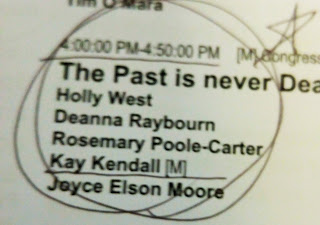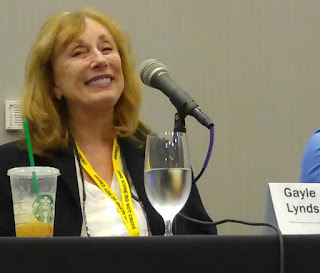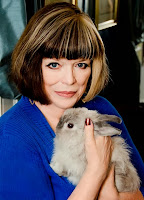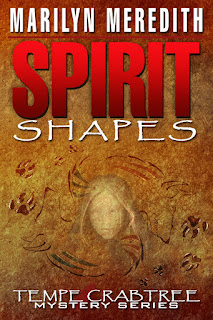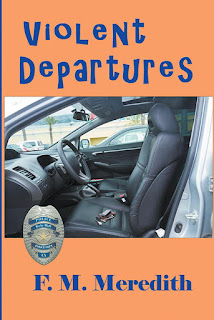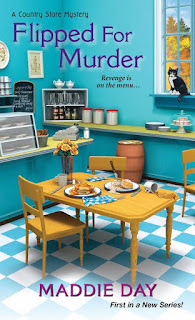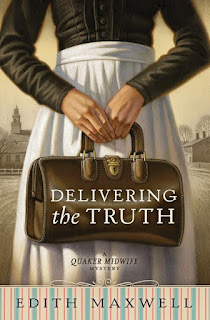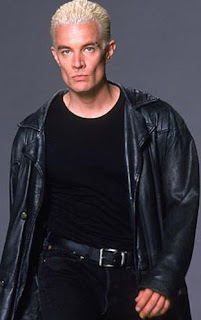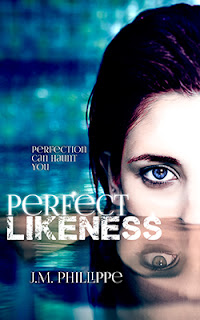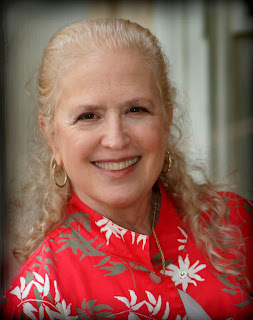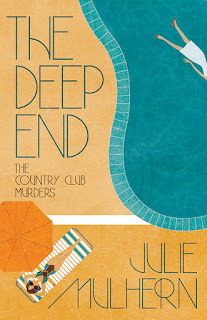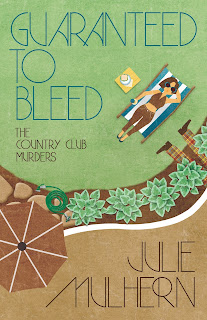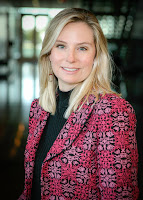With this post, I’m beginning to interview authors who write multiple mystery series. My first guest is Edith Maxwell, also known as Tace Baker and Maddie Day, who writes the Lauren Rousseau, Local Foods, and Country Story Mysteries. Her newest series, featuring an 1880’s Quaker midwife debuts in April. Welcome, Edith!
Paula, thanks
so much for having me on the blog, and for asking such intriguing questions! I’m
delighted to be here again.
How did you initially decide to write
fiction?
I wrote stories
as a child and then pretty much gave up creative writing for a few decades. It
was my now ex-husband who said, when our younger son had gone off to
kindergarten and I had every morning to myself for the first time in five
years, “You like to read mysteries so much. Why don’t you write one?” Bingo. I
had a small organic farm but didn’t grow anything in the winter, so I set to
work writing a mystery set on an organic farm.
You have published short stories. How
did those help and continue to influence your career?
After I spent
about nine months writing about two-thirds of a mystery novel (which ended up
being my first Local Foods mystery nineteen years later), I reentered the paid
work force. I had a full-time job as a technical writer, with a commute, and
two little boys to raise. I couldn’t really carry a plot and all the characters
of a novel around in my head and write about them during the few snatches of
time I had to myself. Instead I started writing short stories and kept honing
my craft with those until my life opened up enough to write novels again
fifteen years later. Several of my short stories were published in juried
anthologies, and that gave my resume a boost when I proposed a cozy series to
my agent. “Just Desserts for Johnny,” which was inspired by a bad encounter
with a fraudulent press, was published in Kings River Life Magazine and then
was nominated for an Agatha Award for Best Short Story this year!
Who publishes each of your series and
how did you begin writing each series?
When I was laid
off my tech writing job, I started writing my first Lauren Rousseau mystery, Speaking
of Murder. Barking Rain Press published it almost four years later, and
then published Bluffing is Murder, too.
The Local Foods
Mysteries came about when John Talbot contacted our New England Sisters in
Crime chapter and said he wanted to work with authors to develop cozy mystery
proposals. I queried him about a series set on an organic farm (see above). We
worked on the proposal together and he sold it to Kensington within a week in a
three-book deal. After I wrote Book Three (Farmed and Dangerous), I
proposed the Country Store Mysteries to my Kensington editor. He not only
bought it, also in a three-book deal, but renewed the Local Foods series for
two more books.
I live in an
historic New England town and am a Quaker, and I felt a real calling to write a
series with a Quaker midwife set in the late 1880s. Somewhere in between other
books, I wrote the first in the series, Delivering the Truth, plus a
three-book proposal, and we sold that to Terri Bischoff at Midnight Ink.
How many books do you write in a year
and what is your publication schedule?
I am letting
the small-press Lauren Rousseau Mysteries go dormant, so I now write three
books a year. Two are on a yearly schedule, due January 1 and May 1, but the
Country Store series are on a seven-month schedule. If you think you just heard
a little scream of panic, you are correct, because the due dates sometimes get
kind of nuts. For example, in 2016 I have books due in January, March, and May.
To cope with this I write ahead and work as hard as I can. The January book, Breaking
the Chain, is all done and I’m halfway through the March book, When the
Grits Hit the Fan. And I try to remember to breathe! I did leave my day job
two and a half years ago, which is the only way I could pull this off.
Do you write under more than one name?
If so, was that by your choice or a publisher’s request?
The first
Lauren Rousseau mystery was almost accepted by Barking Rain Press when I was
reading my first Kensington contract. It stipulated essentially that I couldn’t
publish any other mysteries as Edith Maxwell, so I convinced them to let me use
a pen name, Tace Baker.
When they
offered me the Country Store Mysteries contract, Kensington said they wanted me
to use a pseudonym. Not my choice, but I wasn’t about to turn down the contract
only for that, so Maddie Day was born. Luckily, the Quaker Midwife Mysteries
are coming out written by Edith Maxwell.
What “relationship” do you have as an
author with each of your series’ protagonists?
Each of my protagonists
have traits, practices, or skills that come from a piece of me or my past. I
love resurrecting some of the things I used to do and now either don’t or can’t.
Lauren is a contemporary Quaker, a linguistics professor, and a runner, the
latter two both things I did in the past. Cam Flaherty is an organic farmer,
and now I get to be back in that world without doing all the hard work of
digging, planting, and harvesting. Robbie Jordan lives in southern Indiana
where I lived while earning a PhD in linguistics, and she’s originally a
Californian, like me. And Rose Carroll, my 1888 midwife, lets me back into the
world of pregnancy and childbirth, which I used to teach to expectant parents
in my living room. She and John Greenleaf Whittier worship in the same lovely
simple Meetinghouse where I walk to worship on Sunday mornings, and Rose lives
in my house, built 1880. I am fond of each of these gals and I get excited when
I can jump back into their lives and start a new story.
Setting has an important role in each
series you write. What is your approach to developing a setting that fuels the
story and draws in readers?
You’re right
about the importance of setting. Whether the 1888 mill town and Carriage
Capital of the World, the academic campus and coastal town of Lauren Rousseau’s
world, the organic farm and small rural Massachusetts town it’s in, or the
scenic hills of Brown County with the local dialect more Kentucky than Indiana
– they each inform the stories and govern how my protagonist acts. These are
all places I either live in or have lived in, although the town of South Lick,
Indiana is entirely fictional. Each of my series would be very different if it
were set elsewhere.
Is it a challenge to keep coming up with
original and inventive plots? How do you do it?
So far plots
have just sort of come to me, and I sure hope that keeps happening. I often
envision the victim and the murder weapon first, and then think about how I can
make that work. Sometimes I don’t know which of the several suspects is the villain
until well into first draft. I will say that attending talks by the Poison
Lady, Luci Zahray, has been instrumental in giving me ideas for murder weapons.
<grin>
Since at the Stiletto gang we like to
delve into shoes and accessories, what are your protagonists’ favorite foot or
carrying apparel?
Cam wears work
boots on the farm, of course, but when she cleans up she likes to put on her
turquoise cowboy boots. She carries a messenger bag decorated with
hand-stenciled crows. Robbie wears sneakers when she cooks breakfast and lunch
in her restaurant, and pairs fun ankle boots with a swirly skirt when she goes
to a party or knee-high leather boots in winter. And Rose wears simple lace-up
shoes (what we would call boots today) and nearly always has her birthing
satchel with her when she goes out (which you can see on the gorgeous cover of Delivering
the Truth – out in April!).
Thanks again
for having me. I’d be delighted to give away a copy of Flipped for Murder
to one commenter here.
 |
| Artist depiction of Edith writing with a scene from one of her novels in the background |
Amazon-bestselling and Agatha-nominated author Edith
Maxwell writes four mystery series, as well as award-winning short stories.
Maxwell’s Country Store
Mysteries, written as Maddie Day (Kensington Publishing), debuts with Flipped
for Murder in October, 2015. Farmed and Dangerous is the latest in
Maxwell’s Local Foods Mysteries series (Kensington Publishing, 2015). The
latest book in the Lauren Rousseau mysteries, under the pseudonym Tace Baker
(Barking Rain Press, 2014), is Bluffing is Murder. The first in Maxwell’s
historical Quaker Midwife Mysteries series, Delivering the Truth, will
debut in April, 2016 (Midnight Ink).
Maxwell lives
in an antique house north of Boston with her beau and three cats. She blogs
every weekday with the other Wicked Cozy Authors (wickedcozyauthors.com), and
you can find her at www.edithmaxwell.com, @edithmaxwell, on Pinterest, and at www.facebook.com/EdithMaxwellAuthor.





